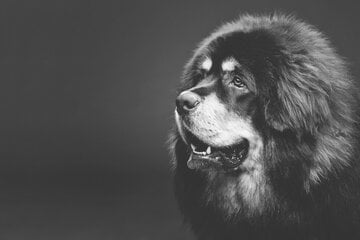French bulldog in profile: Lifespan, colors, characteristics, and price
Few dog breeds are as popular as the French bulldog, a tiny little thing that could fit in your handbag. What is the French bulldog, though, how long do they usually live for, and what else do you need to know?
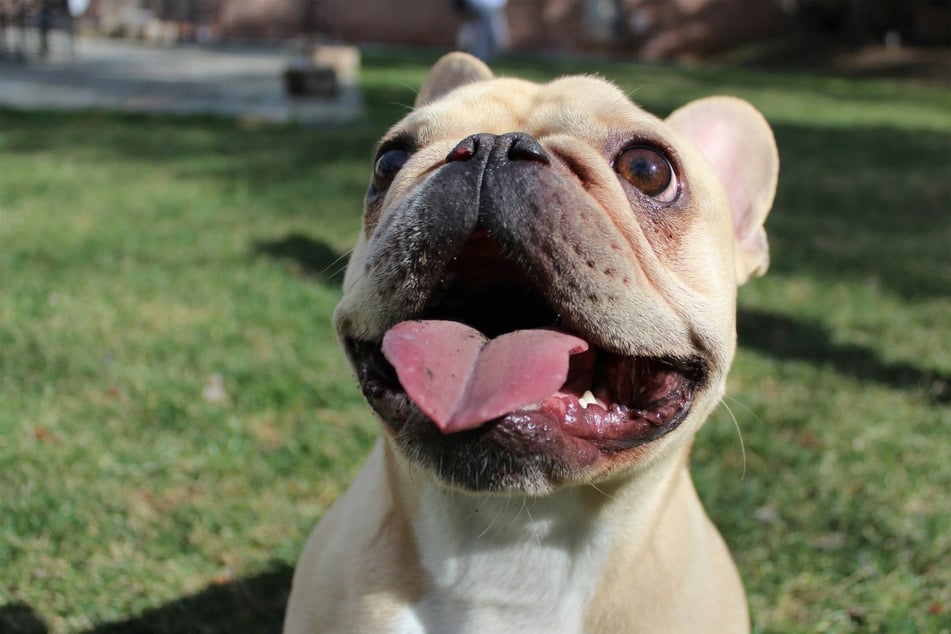
The French bulldog is famous for its quirky looks and medical issues, but there's far more to this tiny little creature than a saggy jaw and troublesome lungs. If you want to adopt a wonderful French bulldog, there are a few things you need to know, to give you a full and thorough understanding of what you are getting into if you choose to adopt this darling doggo.
What is a French bulldog?
The French bulldog is a tiny little toy dog breed that first appeared in mid-nineteenth century Paris. With all the standard physical characteristics of a bulldog (just a lot smaller), these creatures have become extraordinarily popular due to their convenient size, friendly character, and insanely funny looks.
Quite similar in many ways to the pug, the French bulldog is now one of the most popular dog breeds in not only the United States, but also the United Kingdom, Australia and, you guessed it, France. They are, ultimately, the result of cross-breeding between toy English bulldogs and Parisian ratters.
Before we continue: It is extremely important to stress this point before anyone starts adopting these beautiful little dogs – the French bulldog is widely considered an unethical dog breed due to genetic issues that have caused severe breathing problems. Read more about unethical dog breeds in our dedicated guide.
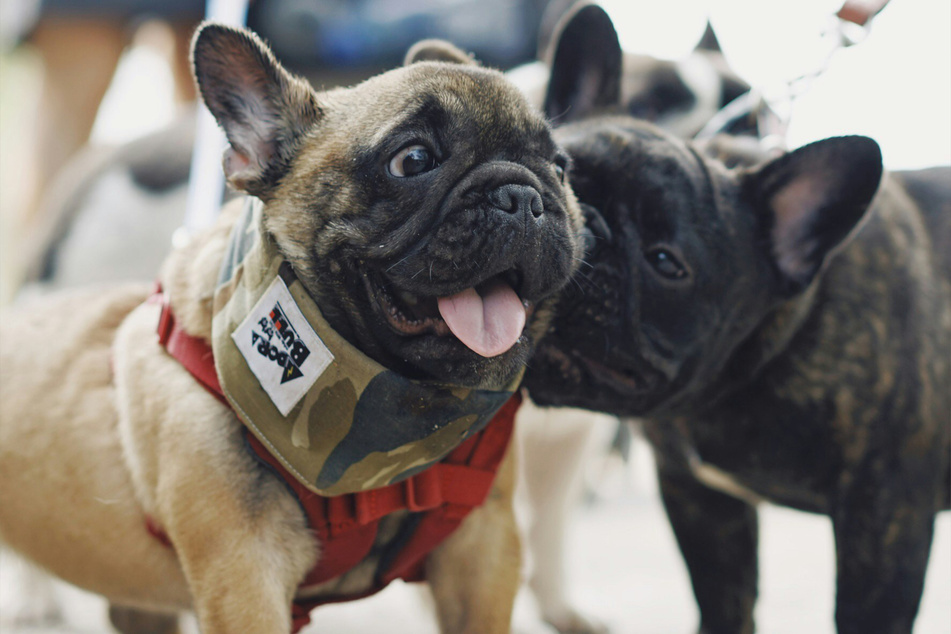
History of the French bulldog
As we mentioned, the French bulldog first appeared in 19th century France. They were the result of cross-breeding between the English bulldog, which was particularly popular at the time, and Parisian ratters (small, chihuahua-like dogs highly popular in France). It is generally believed that they first appeared between 1835 and 1850.
Interestingly, their popularity was not as surprising as it seems nowadays. You see, Britain had banned blood sports such as bull-baiting in 1835 and, as a result, had little need for the English bulldog anymore. Instead, many workers moved from Nottingham to Normandy to work during the Industrial Revolution and took their dogs with them.
The English bulldog quickly became extremely popular in France to the point that, by the mid-late 1800s, they were far more numerous on the content than they were in the UK. Once the French bulldog had been crafted and bred, and become widely available, it offered the French the same dog but in smaller proportions.
In a way, it kind of makes sense. The French bulldog is a smaller dog for people who often live in smaller apartments in cities with narrower streets than those in the UK. They are beautiful, adorable doggos with big personalities, but don't take up too much space!
Characteristics of the French bulldog
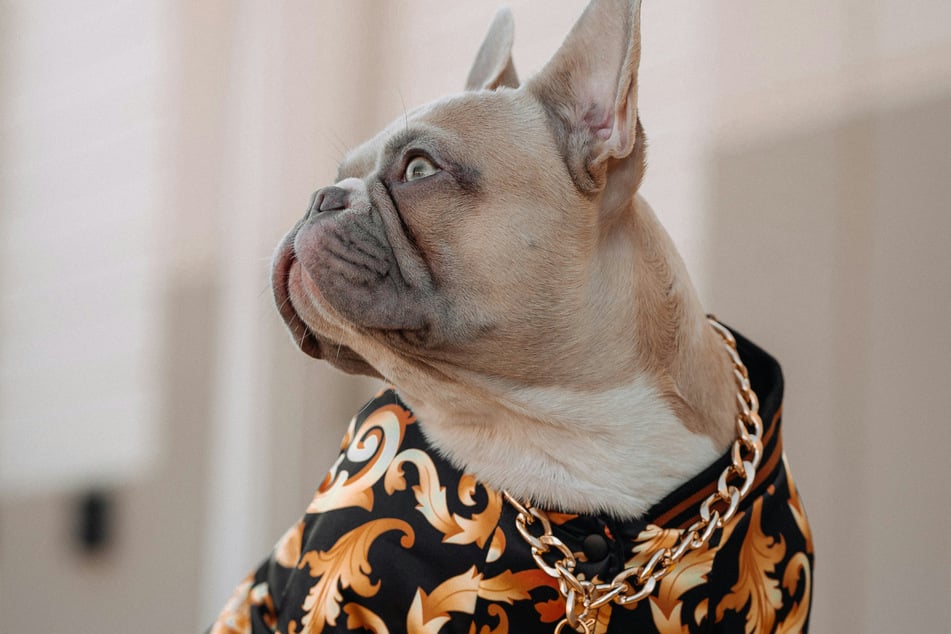
The French bulldog is a highly muscular little dude, with a far more dense and strong look than you'd generally expect from a dog that tiny. They generally weigh around 20–25 pounds, with a maximum weight sitting at about 30 (which would be considered obese). They have huge ears and bulbous eyes.
One of the most notable features of the French bulldog is its flat face, with a sunken nose. Due to the fact that its face is so flat, along with other genetic issues, French bulldogs often have a lot of trouble breathing and are not particularly energetic as a result. This has led the breed of them to be strictly controlled in some countries.
Their fur is extremely short, with muscles clearly visible beneath the surface in some areas, and a looseness to the skin that typically presents itself as a series of massive wrinkles around the neck. All-in-all, the best description you could give of a French bulldog is simply "a small British bulldog."
In terms of size, the French bulldog is famously tiny and could easily fit in a purse or handbag. They rarely stand much more than a foot high, and are generally one to two feet in length.
French bulldog personality
Few dogs have as contrasting a personality as the French bulldog. While they are quite docile overall and certainly never dangerous, these usually-mellow creatures are prone to sudden fits of extreme energy. In addition, they can be very loud as they love to yap.
Here are the key characteristics of a French bulldog's personality:
- Funky
- Funny
- Loving
- Cuddly
- Entertaining
- Friendly
- Loud
- Irritating
- Stubborn
- Silly
- Needy
While many of these traits won't fit every French bulldog, it's best to be prepared for the worst – these dudes can be lovely, but they can also annoy the living heck out of you!
French bulldog colors
Just like their bigger cousins, the French bulldog comes in all sorts of different shades. While they all have pretty much the same coat pattern, these little dudes can be quite diverse in their looks. While most French bulldogs will have a single main color, some can even have interesting and intricate patterns in their hair.
Here are the standard French bulldog colors:
- Brindle
- Fawn
- White
- Cream
- Red
- Pieds
- Black
- Sand
- Brown
Many dogs will have the color of their coat slowly change as they get older. Don't worry, it's normal and nothing to worry about – it's just part of the aging process!
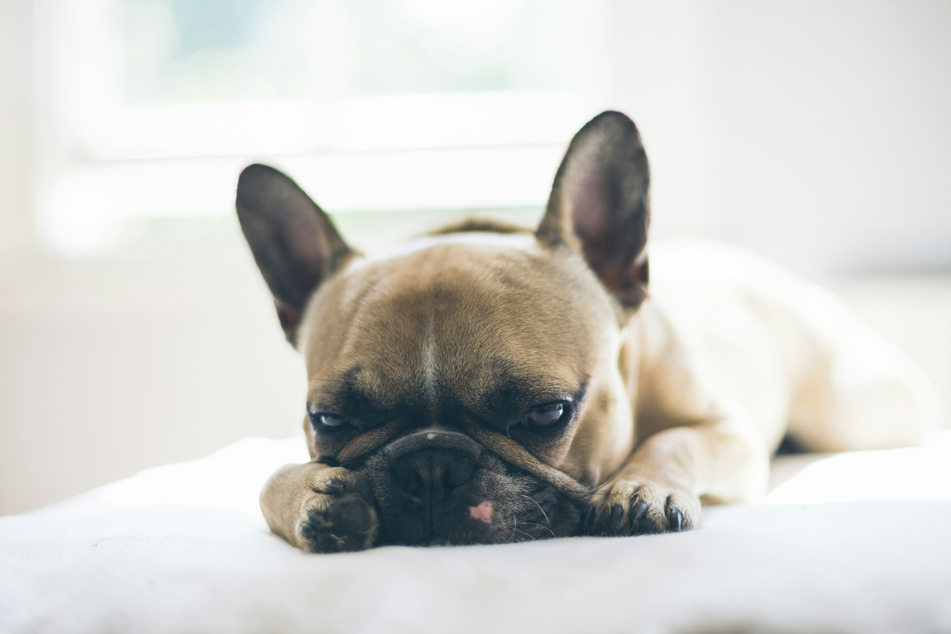
French bulldog lifespan
French bulldogs are not known to live very long, with a life expectancy of only 10–12 years. This is largely due to their breathing difficulties, which eventually catch up with them especially if they live an active life. It is worth noting, however, that the lifespan of the French bulldog is about the average for bigger dogs, though other small dog breeds typically live longer.
How much is the French bulldog's price?
When purchasing a French bulldog from a fancy breeder, you will likely pay around $5,000. That being said, when getting a French bulldog puppy from a standard pet shop, you are likely to be down only around $1,500, or potentially even less. This is likely the preferable option because the only difference here is that a breeder will try to breed you a dog that fits your specific desires.
Ultimately, though, your best option is always to adopt your dog from a shelter, as this not only fills your family with joy but also gives a poor little puppy a loving family to live with and a home to live in. Keep in mind, though, that all other expenses associated with dog life will still be incurred, and there are a variety of risks associated with adopting a rescue dog.
In the end, the French bulldog is a beautiful-but-strange dog breed that makes a great pet, but also an occasionally challenging one. It's worth your time and energy, and will bring a lot of joy to your family, but be prepared for some barking.
Cover photo: Unsplash/May Gauthier
